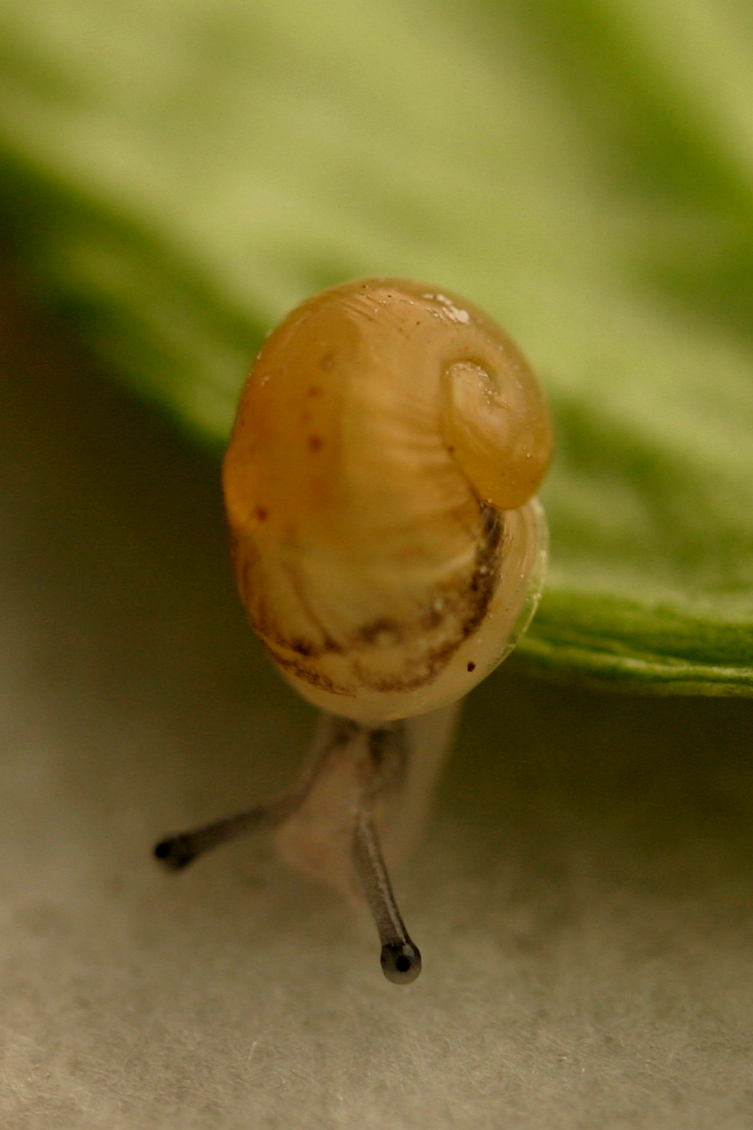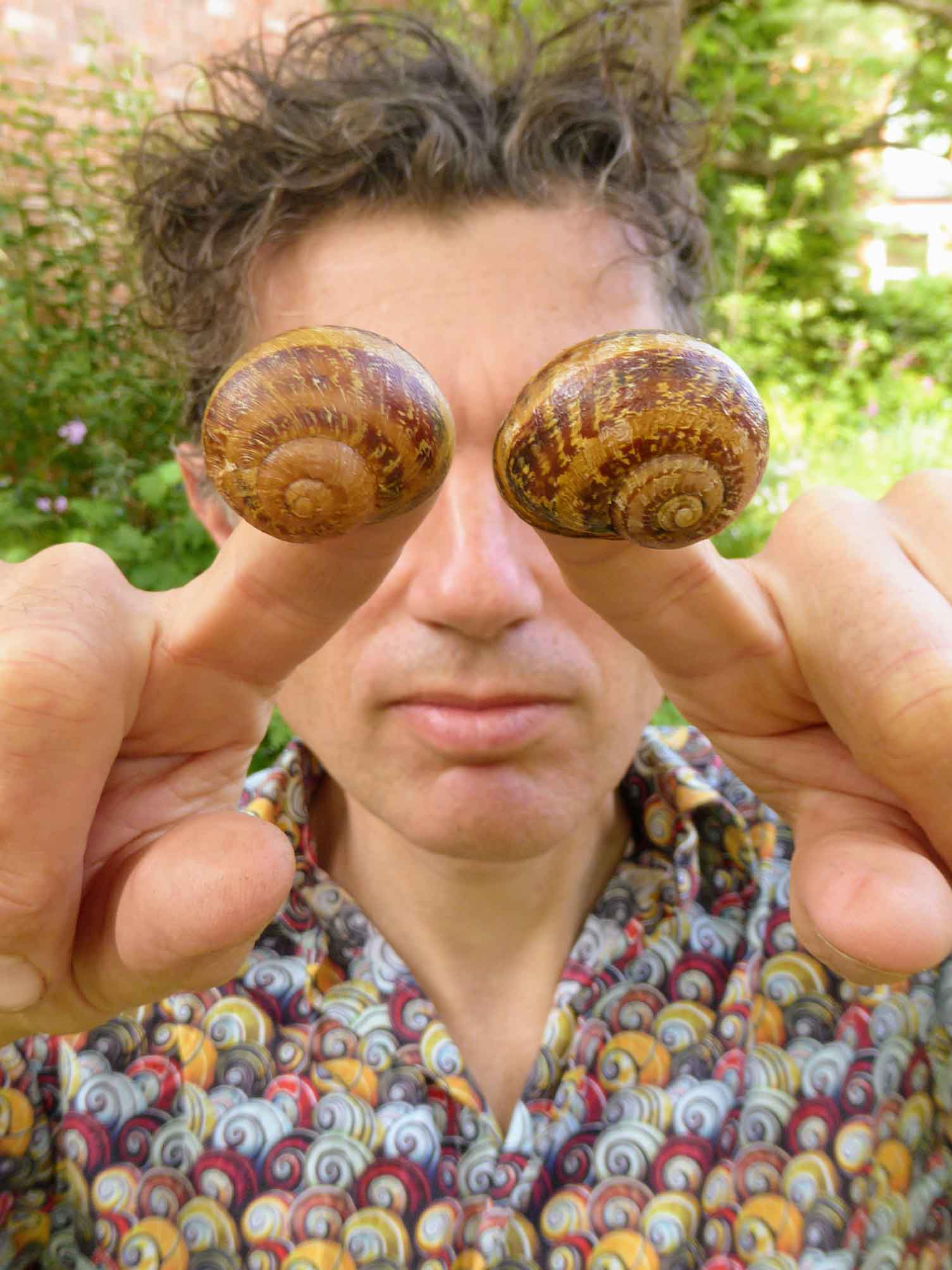A Scientist from the University of Nottingham, who helped a one in a million left-coiling garden snail called Jeremy find a mate, has finally raised a first-ever lefty snail in the lab, and is hoping the public can help him find another.
Evolutionary geneticist Dr Angus Davison, from the School of Life Sciences at the University, discovered Jeremy, the brown garden snail with a rare left-coiling shell, in October 2016.
Dr Davison hoped to use the offspring from Jeremy to study the genetics of this condition, because his previous work on snails had given insight into understanding body asymmetry in other animals, including humans.

Another left-coiling snail had to be found first because as well as a mirror-imaged shell Jeremy had genitals on the opposite side, making it very difficult for the snail to mate with normal snails.
Dr Davison launched a worldwide hunt to find a mate for Jeremy. The lonely lefty-snail soon became a global sensation and internet 'shellebrity', with more than 1,000 news, radio, television and science articles appearing across the globe.
After initially finding two other lefty snails with the help of the public appeal, Dr Davison has been hard at work ever since breeding snails to try to get more lefties and to understand what it is that makes them grow up as a mirror image to all other garden snails.
"After hatching around 10,000 baby snails I had almost given up hope of ever finding and raising a lefty snail, so was really delighted to finally find one," said Dr Davison.
"Our previous work – which was only possible because of the public's help in finding other rare lefties – helped explain why they are so rare. An accident in the first few hours of the snail's life means that the embryo cells just sometimes twist anti-clockwise rather than clockwise, ultimately producing a snail with an anticlockwise shell, rather than the normal clockwise shell.

Dr Davison adds: "The snails that I now have in the lab regularly – but still rarely – produce lefty offspring, implying an inherited condition. I suspect that Jeremy and the French snails have a version of a gene which increases the tendency for a reverse twist to occur. My ambition is to identify this 'Jeremy' gene. As it is likely that the same gene is also present in our own bodies, identifying it in snails could contribute to understanding our own body asymmetry."






